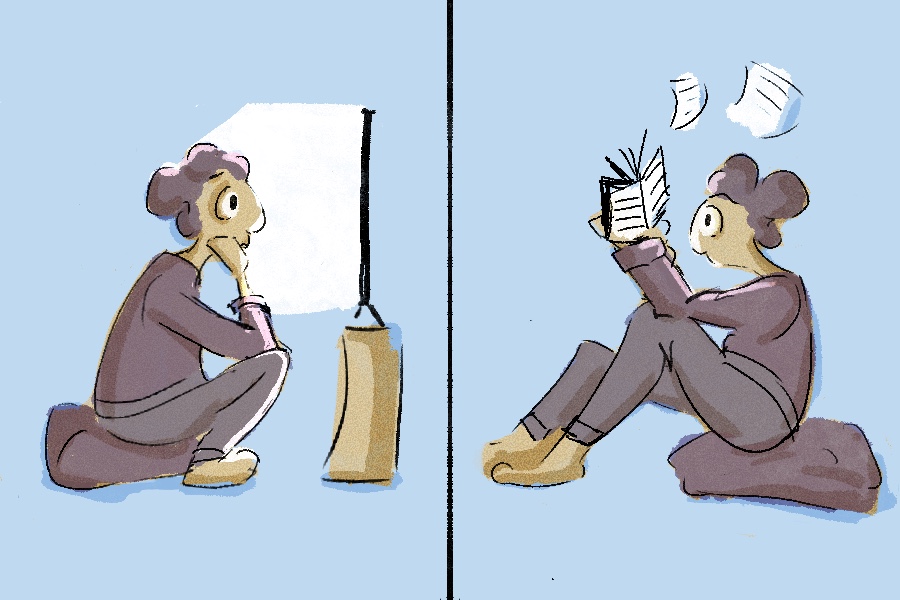“Pain and Glory,” Pedro Almodóvar’s latest film, is one of his more autobiographical works. It centers on director Sebastian Mallo (Antonio Banderas), who is struggling to write anything new after his mother’s death. The film seamlessly blends the past and present to explore Mallo’s inner psyche. It is heavily inspired by Federico Fellini’s “8 ½.” “Pain and Glory,” like “8 ½,” intertwines the protagonist’s childhood memories with the present. In Almodóvar’s film, flashbacks show the protagonist’s relationship with his mother and juxtapose them with how he has struggled to be creative after her death. “8 ½” uses the memories and past of a struggling director to attempt to understand the artistic process. Almodóvar also gives a nod to his inspiration by placing an “8 ½” poster on the wall of a secondary character’s home.
Almodóvar’s uses color to convey emotion instead of realism. The interiors in his films are often filled with items that are vibrantly colored and uniquely shaped. The characters in his movies are often dealing with dark issues that are juxtaposed with the bright color palette. Red is the most commonly used color across Almodóvar’s films, typically representing passion, love or anger. “Pain and Glory” incorporates color in a similar way to his previous work. The vivid interiors and dazzling landscapes are a stark contrast from the protagonist’s dark mental state.
Mallo is a tragic figure, who starts using heroin as an attempt to minimize the pain associated with his various physical ailments. His newfound addiction causes him to become even more withdrawn and isolated. Mallo begins to only spend time with Alberto Crespo (Asier Etxeandia). Crespo and Mallo had a falling out on the set years before the events of the film because of Crespo’s heroin addiction. In present day, Crespo is the one who introduces Mallo to heroin. He uses drugs to numb himself not only to his physical ailments, but his emotional ones as well.
The cinematography is incredible. Almodóvar and cinematographer Jose Luis Alcaine — frequent collaborator and winner of five Goya awards — capture the unique world of “Pain and Glory.”
“Pain and Glory” uses Sebastian Mallo to explore how one creates art. Despite Mallo’s struggles, the film has an optimistic ending. After all, some of the best art comes from negative emotional experiences.
Email Alyssa Craig at [email protected].






















































































































































